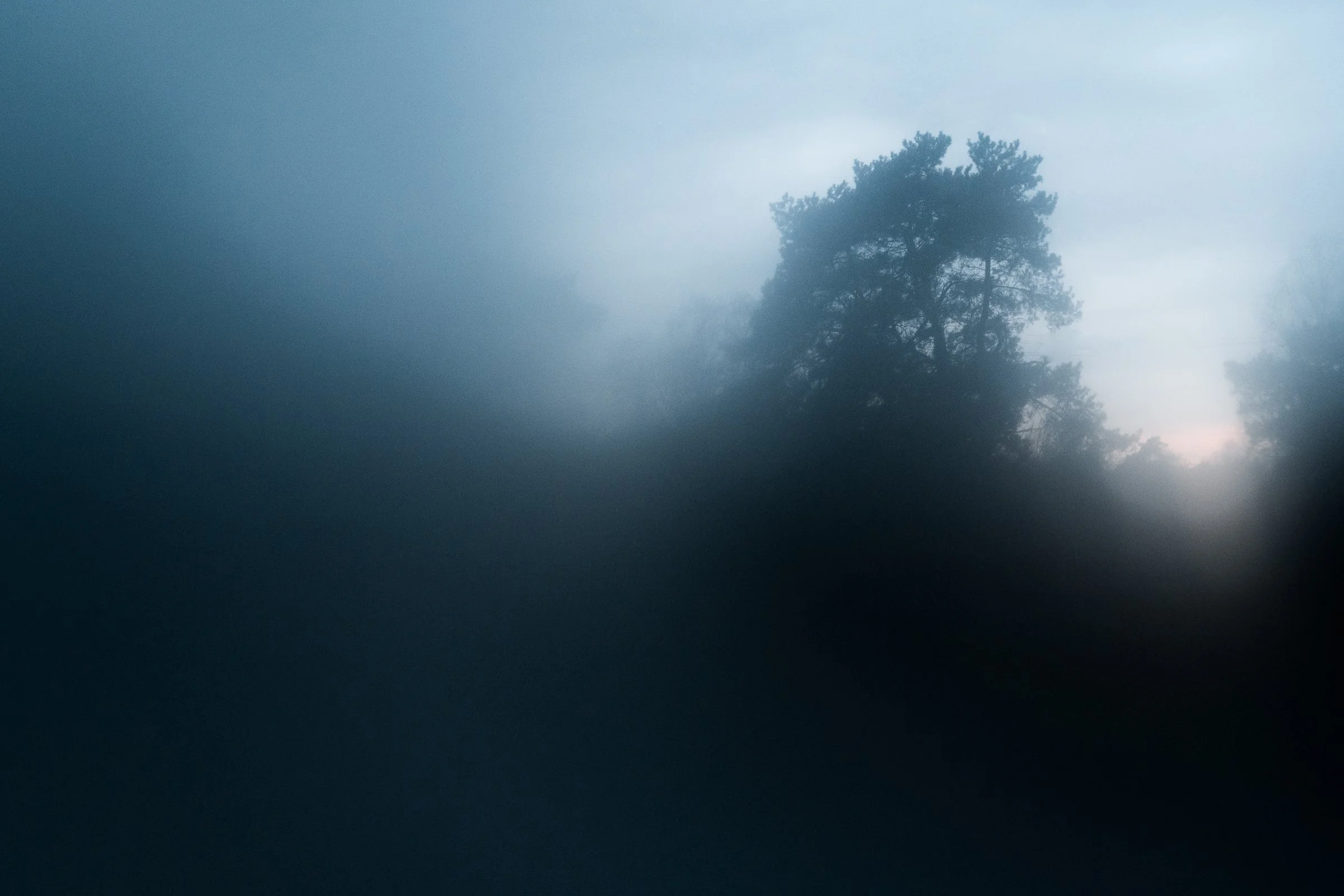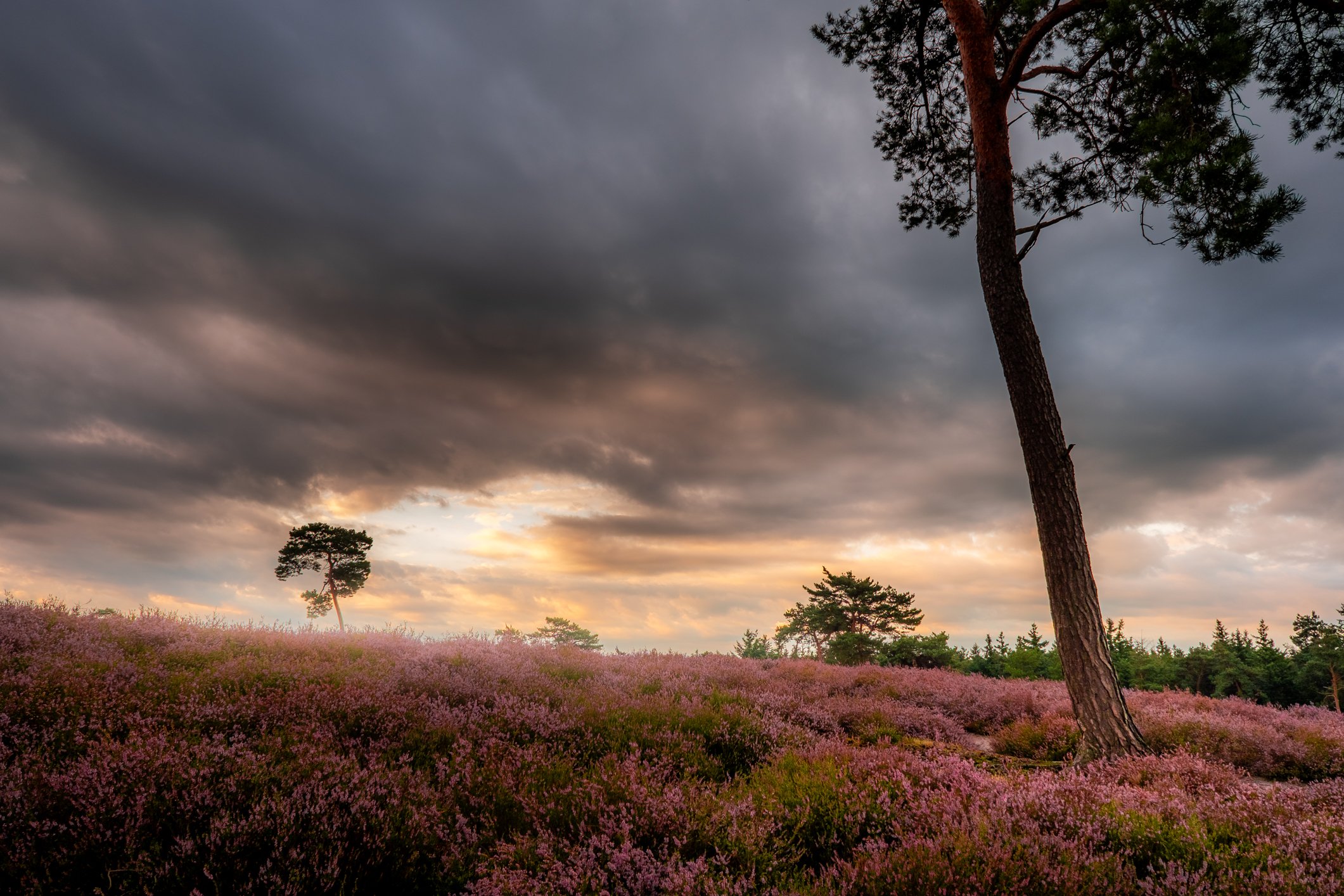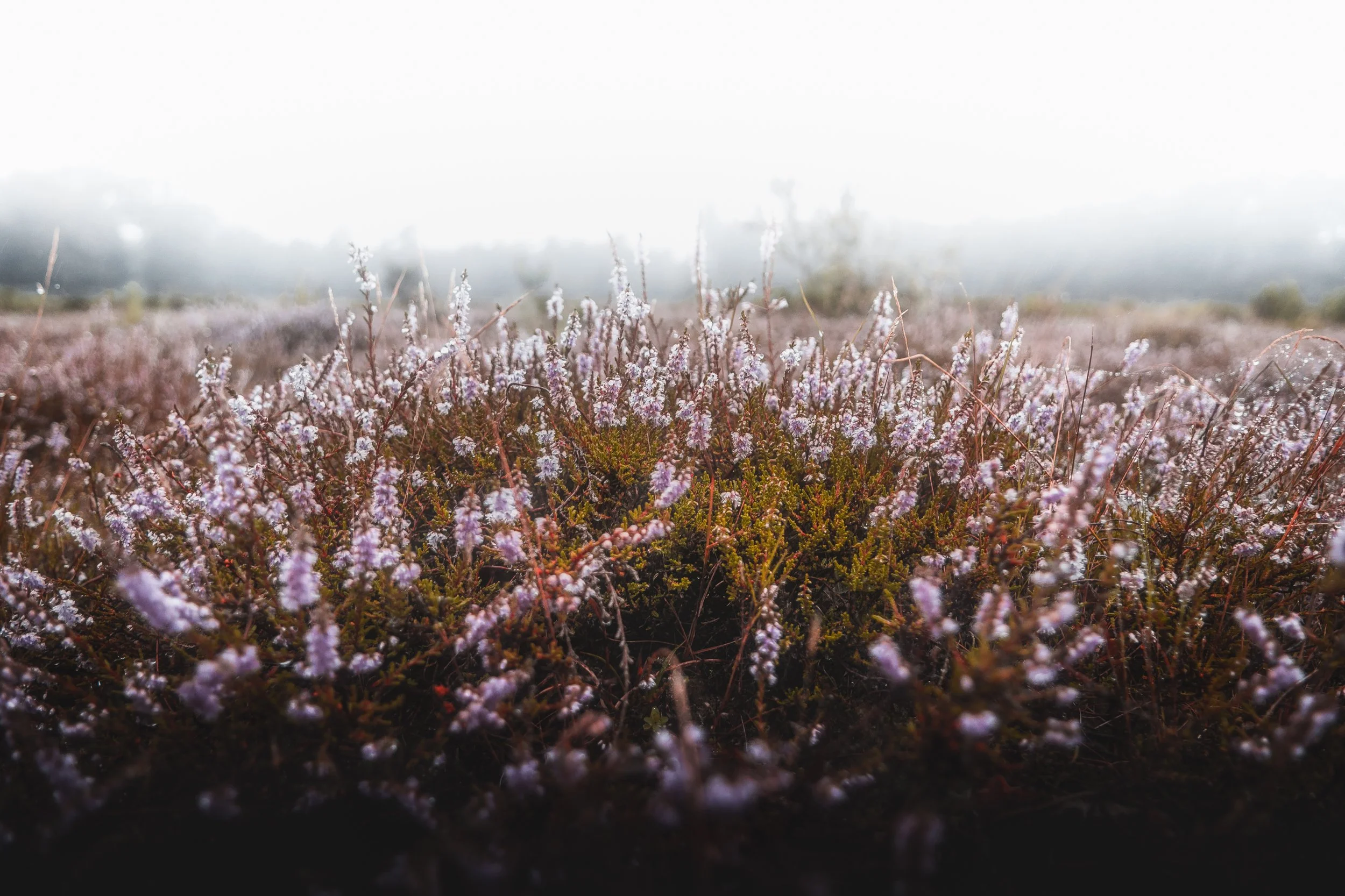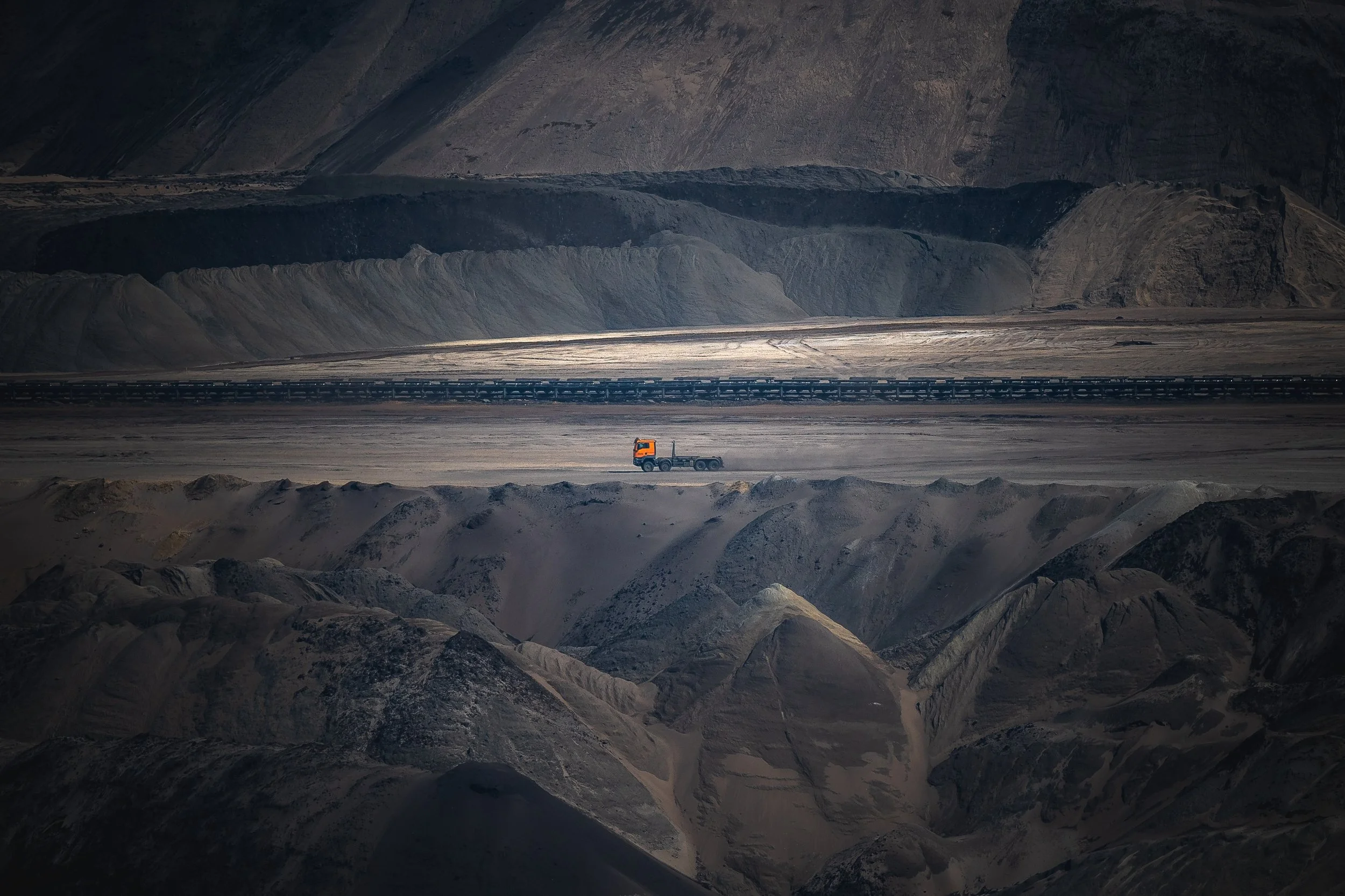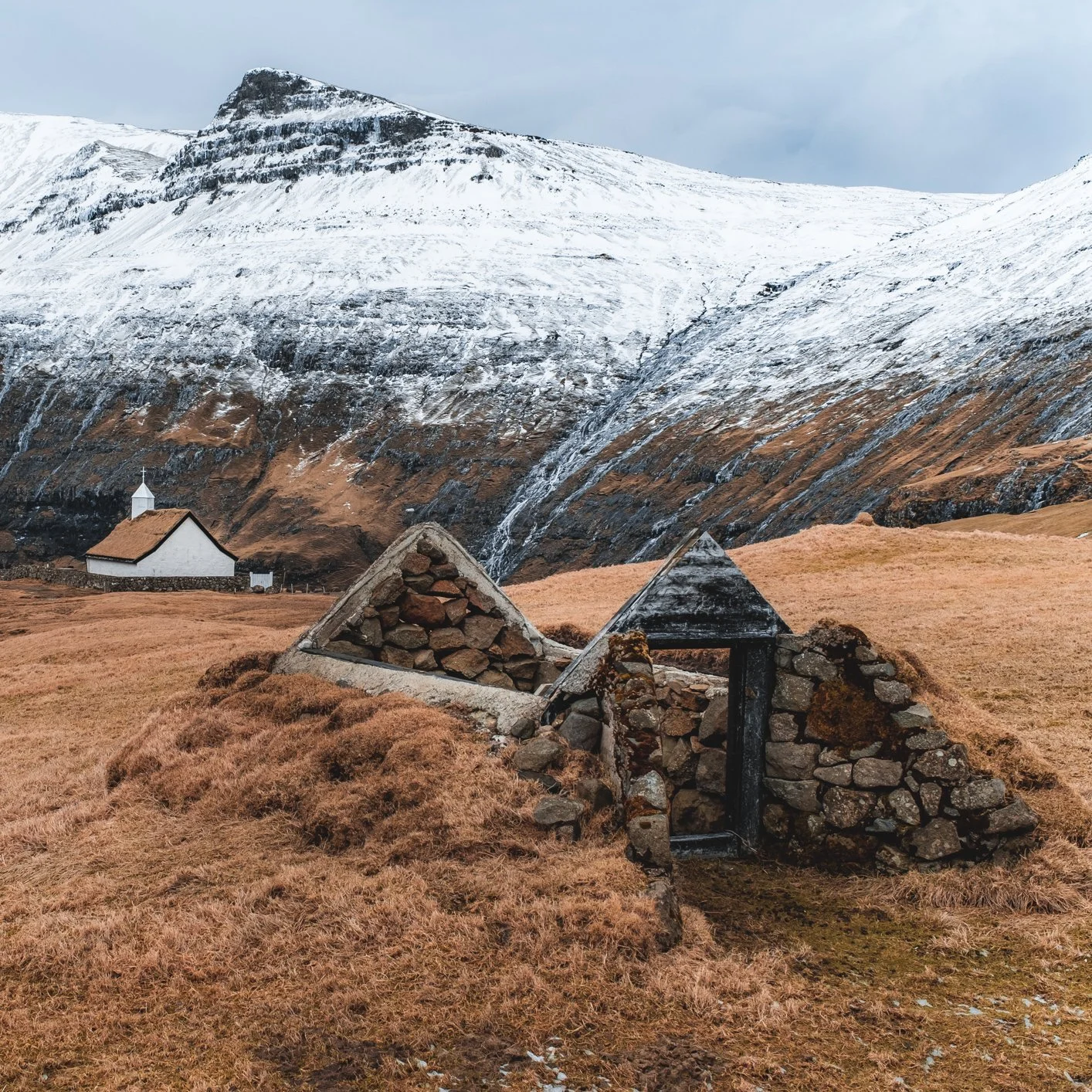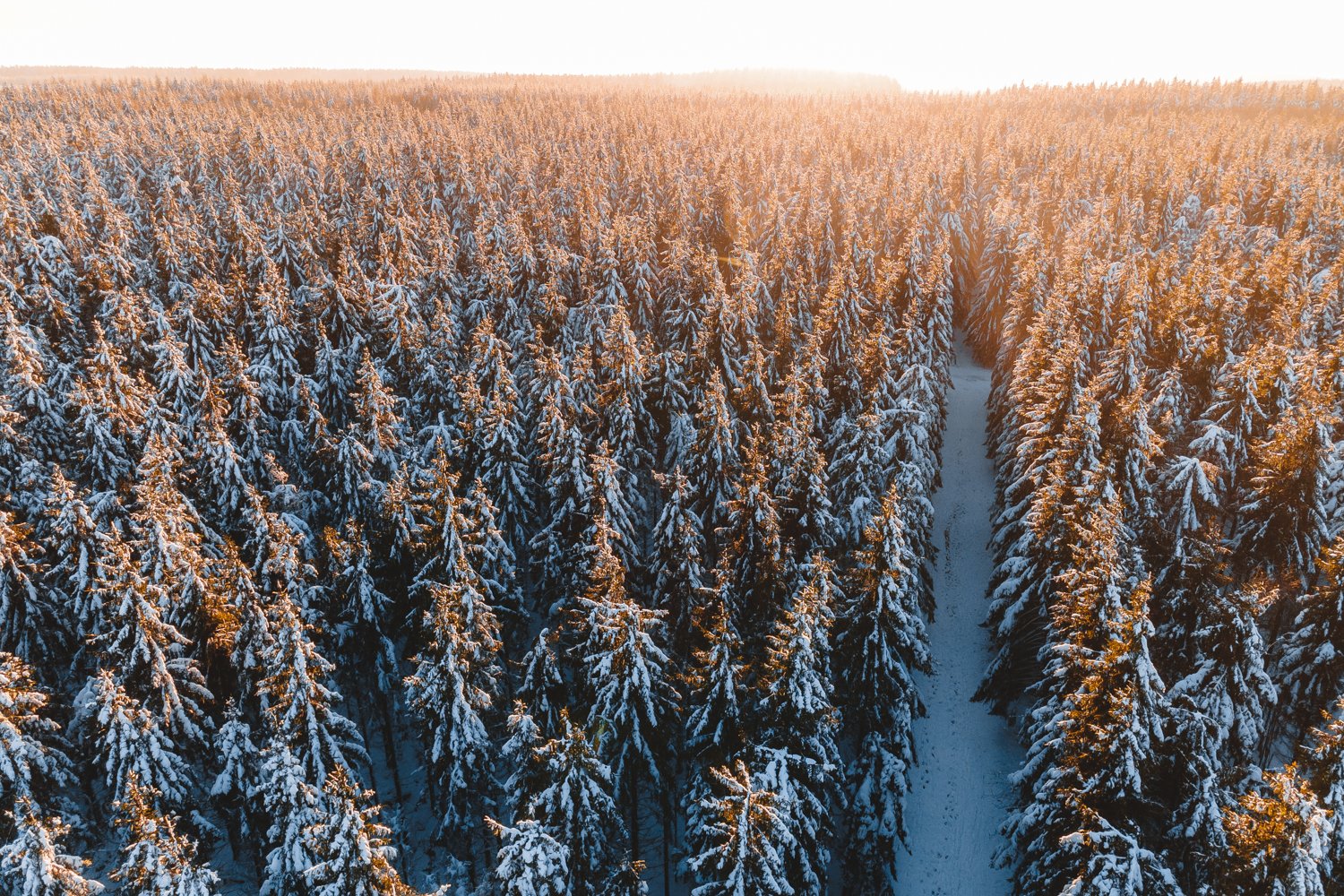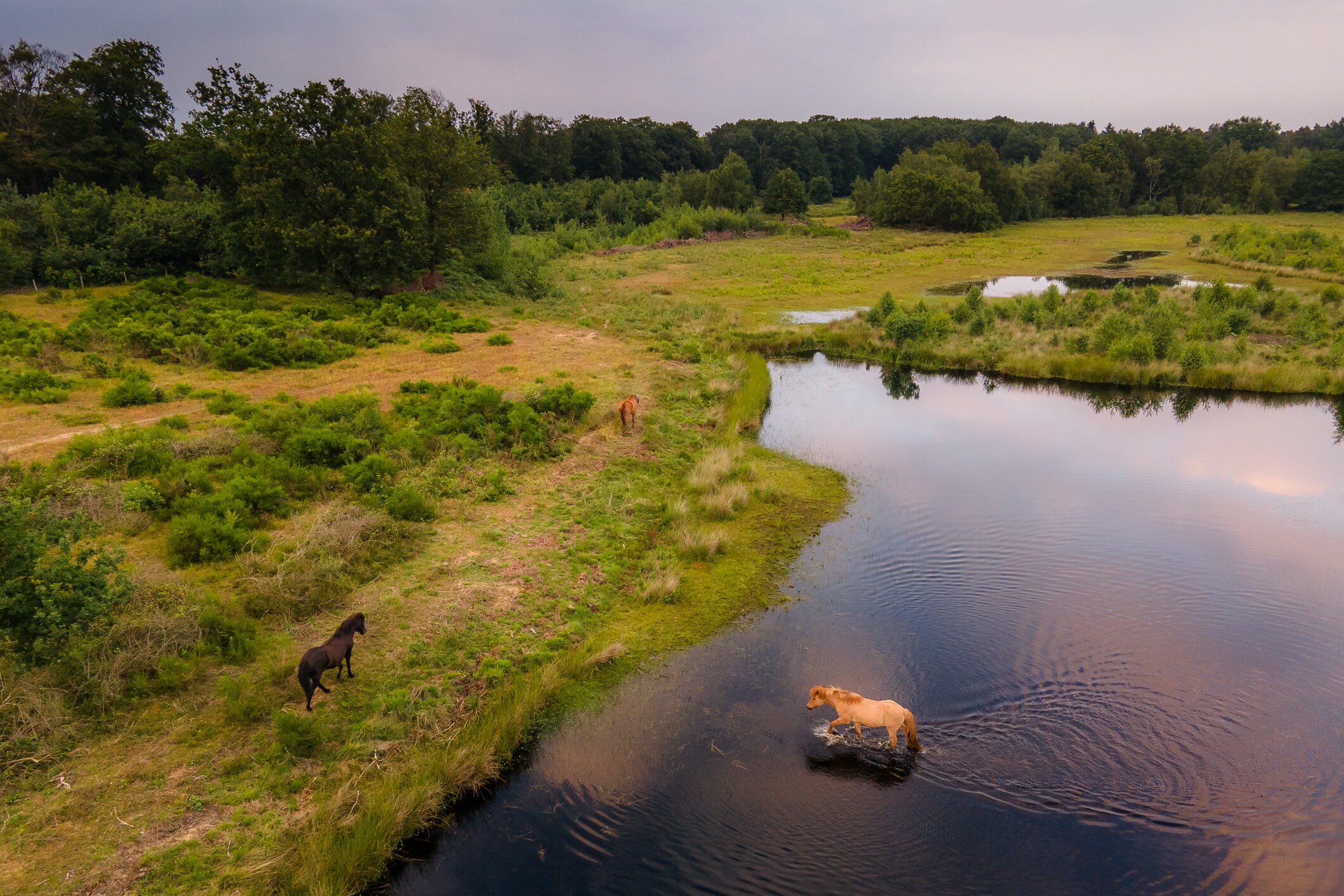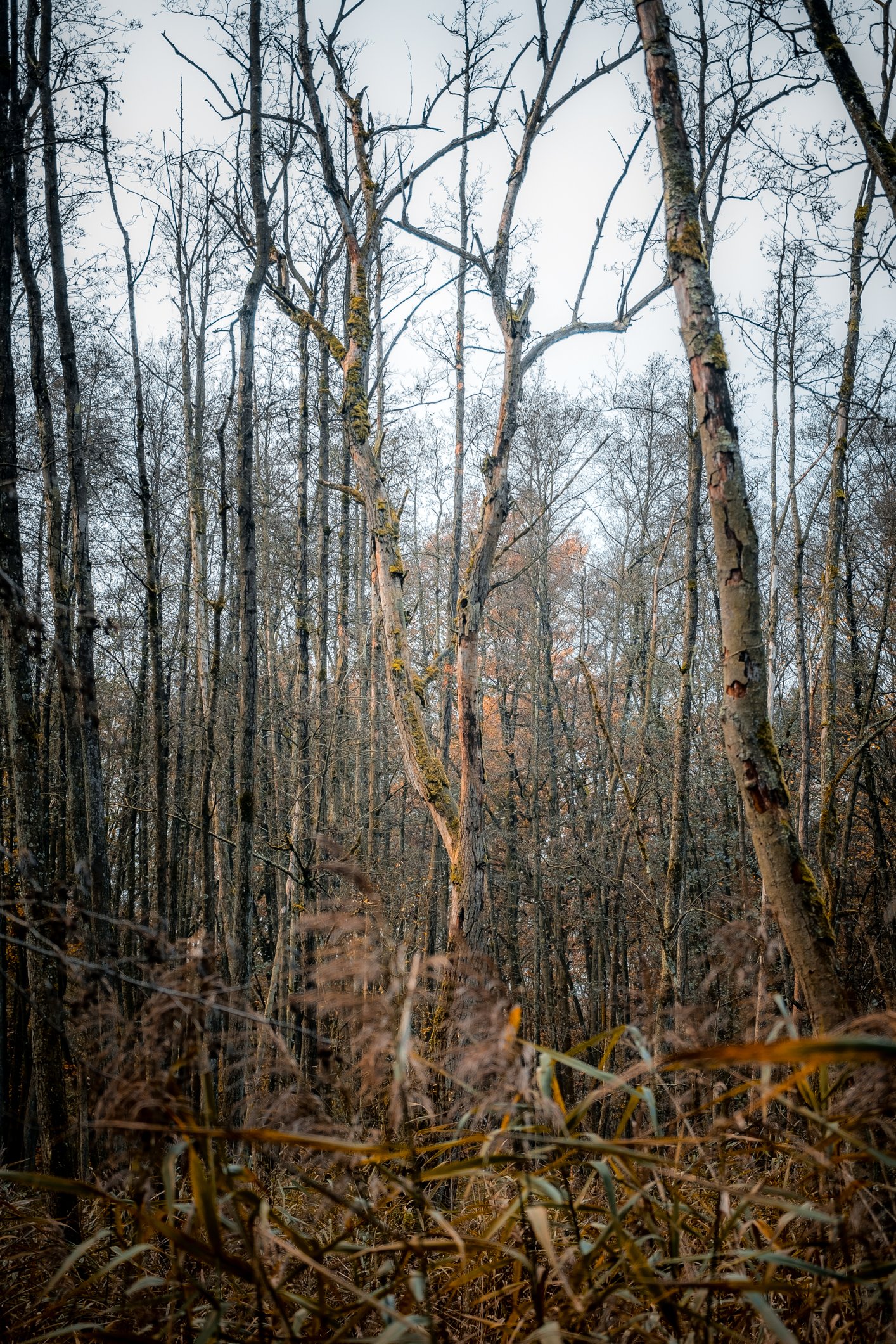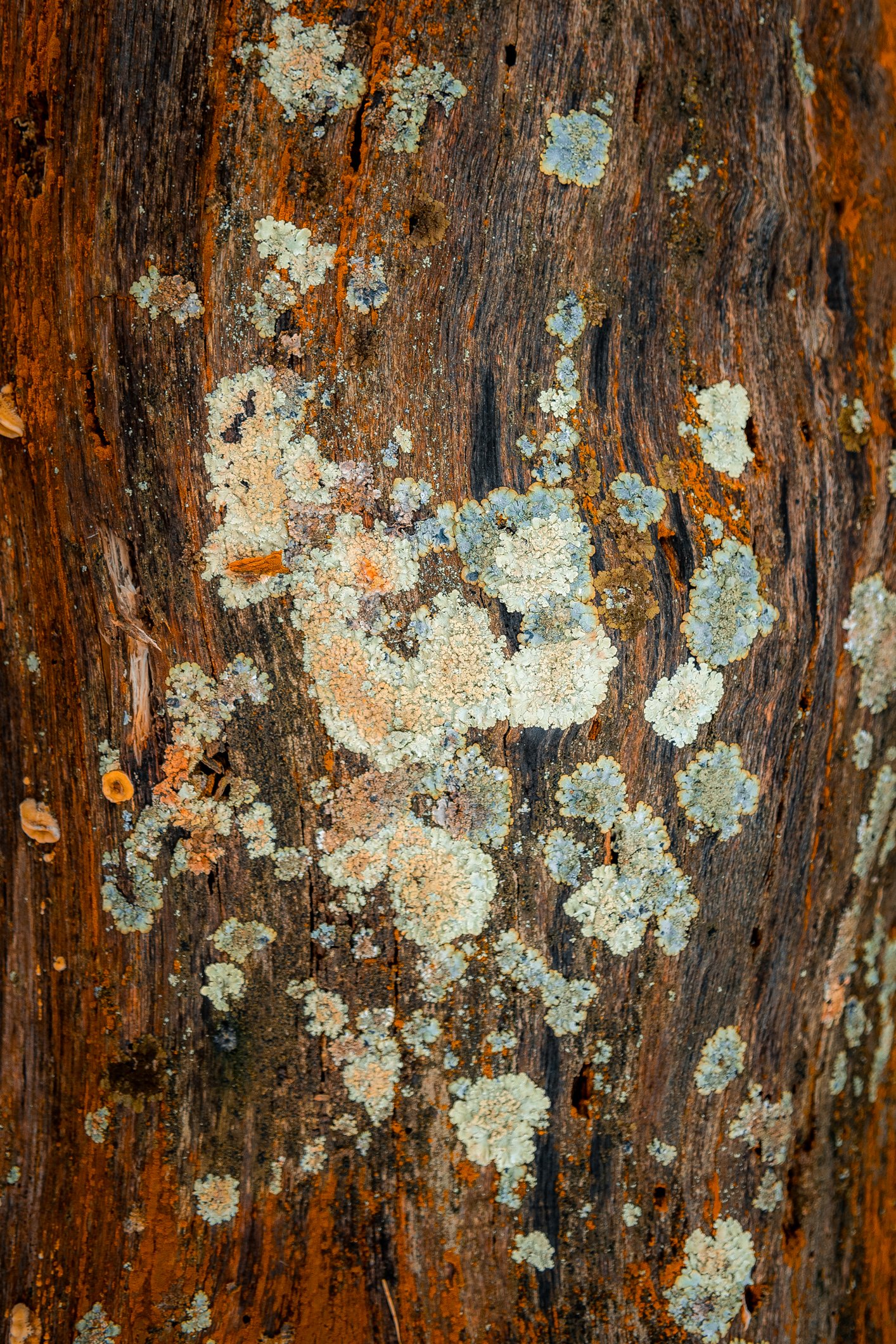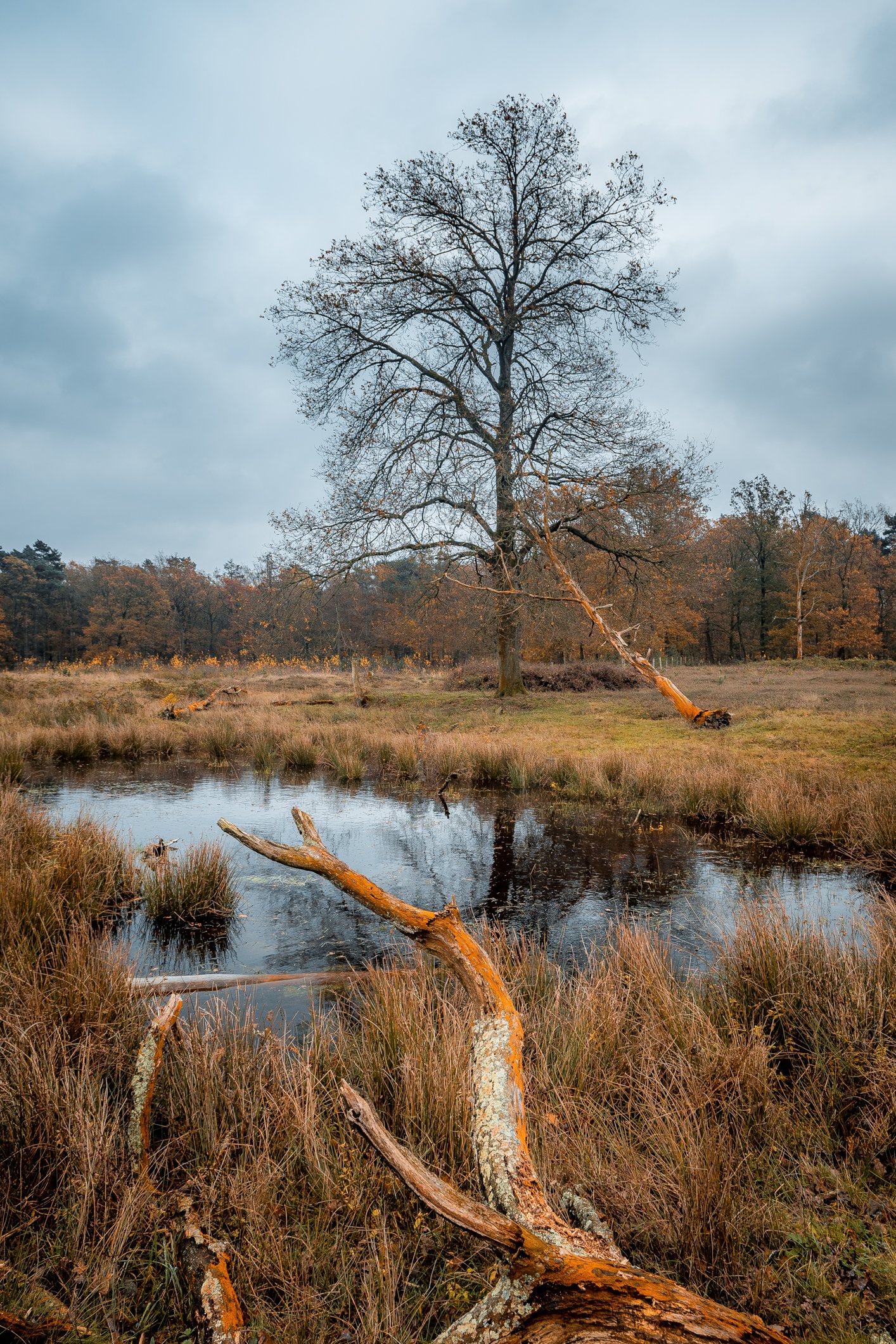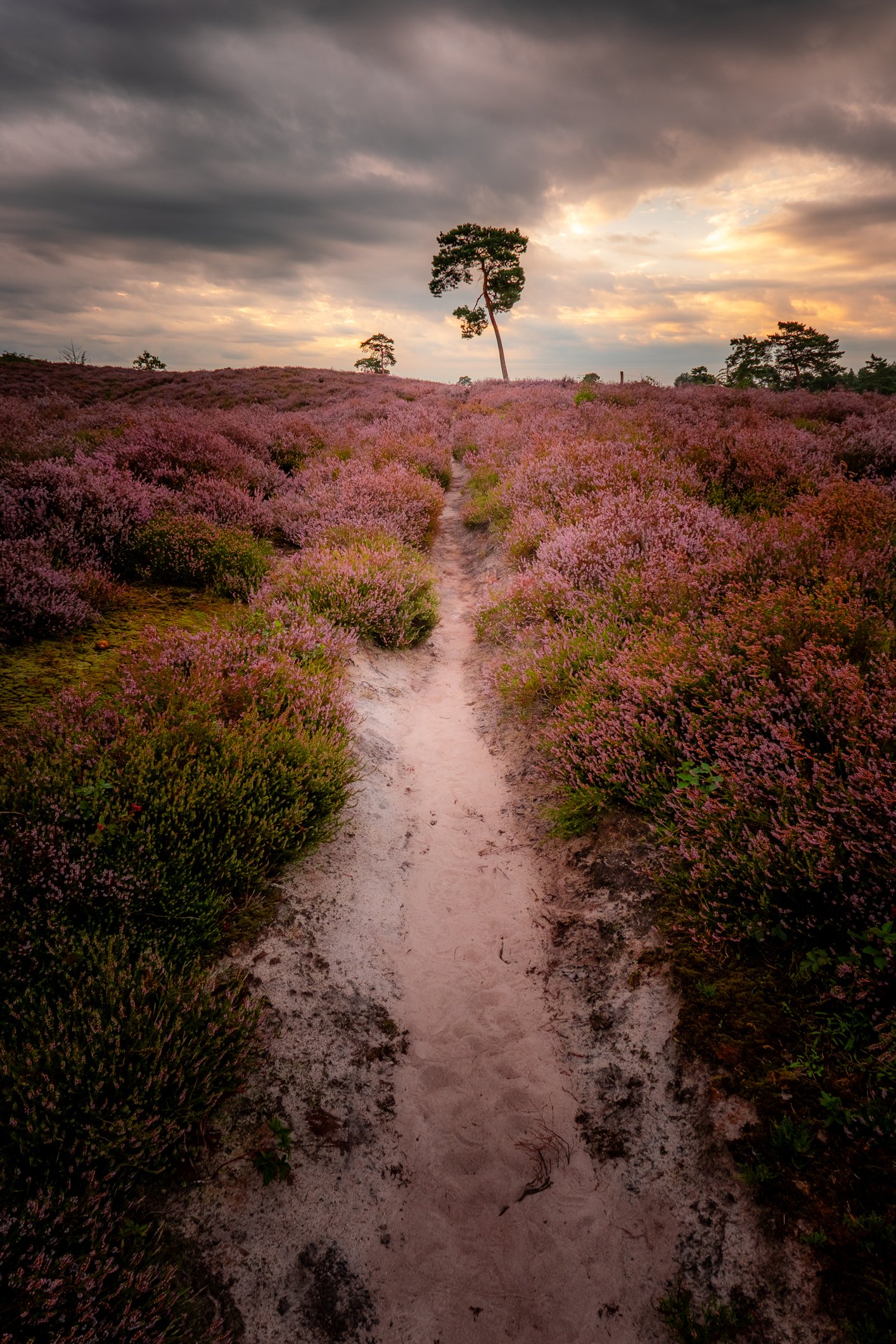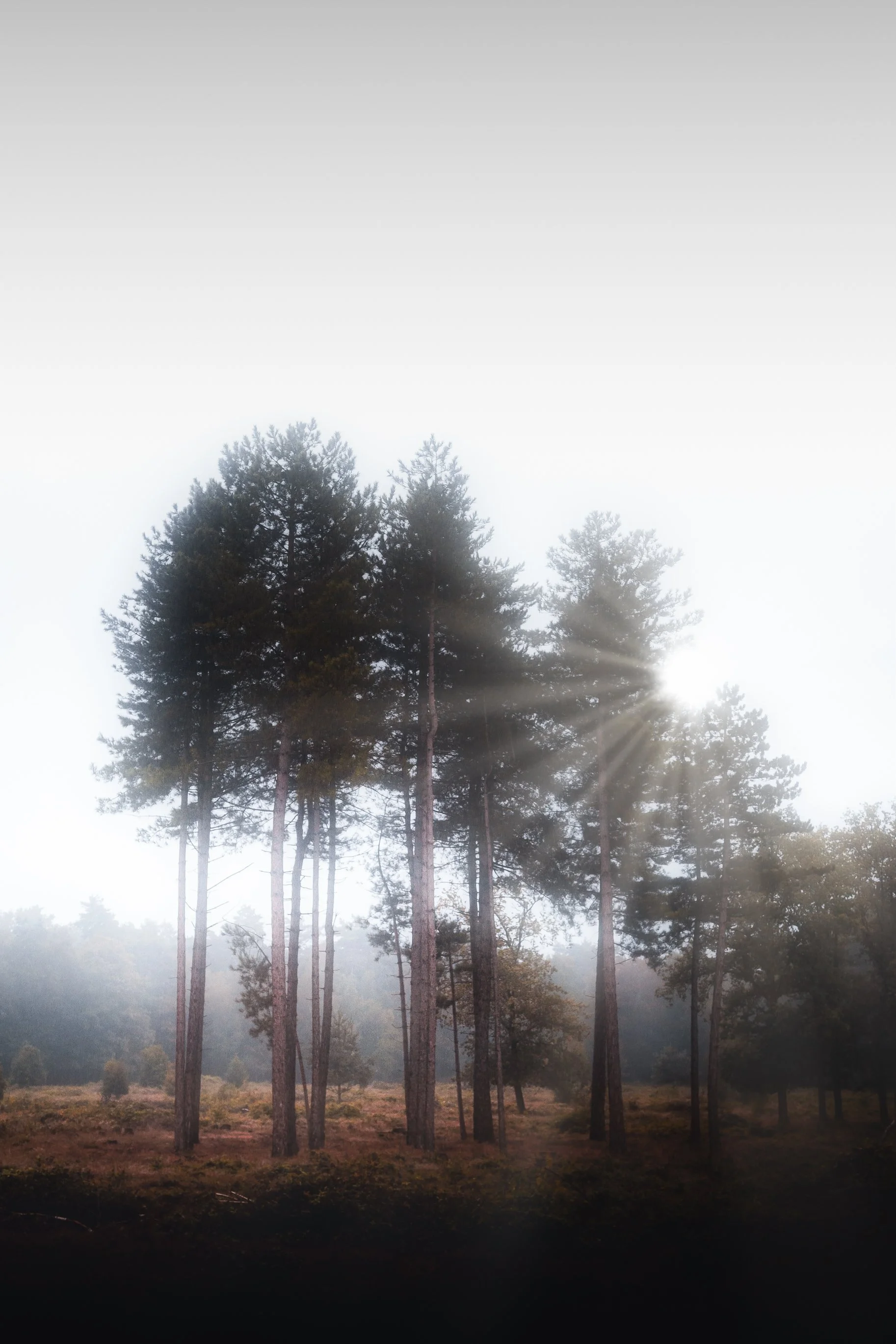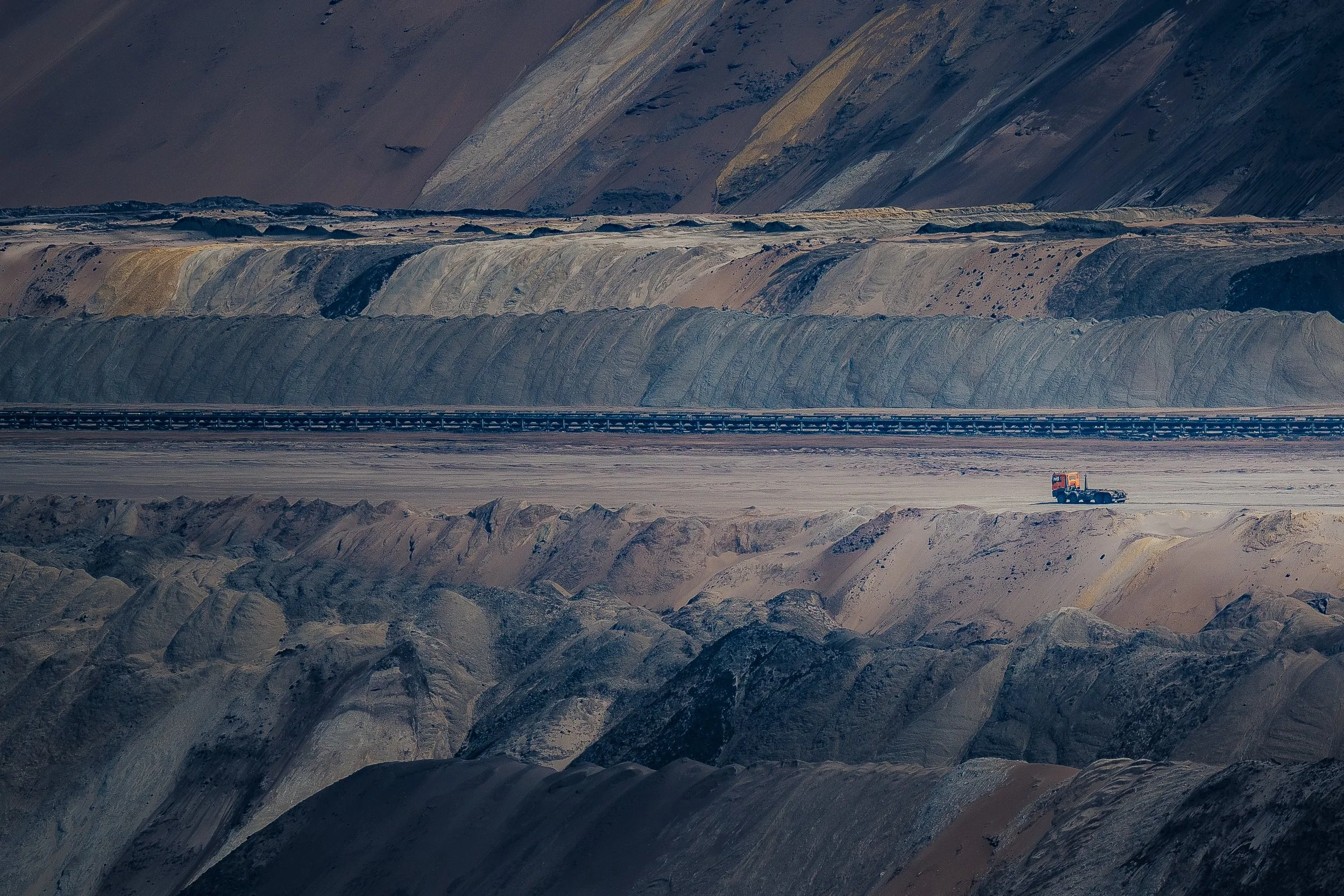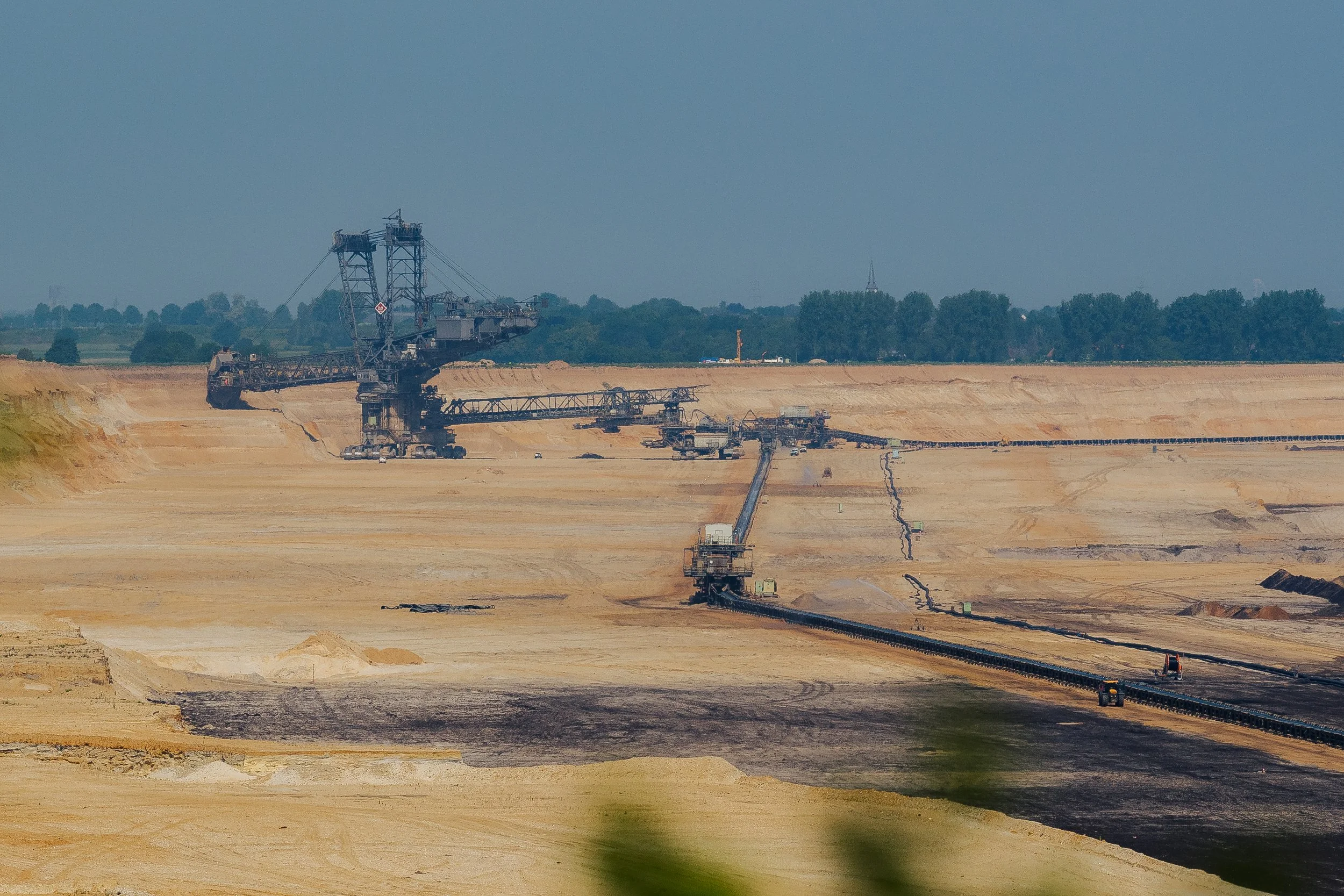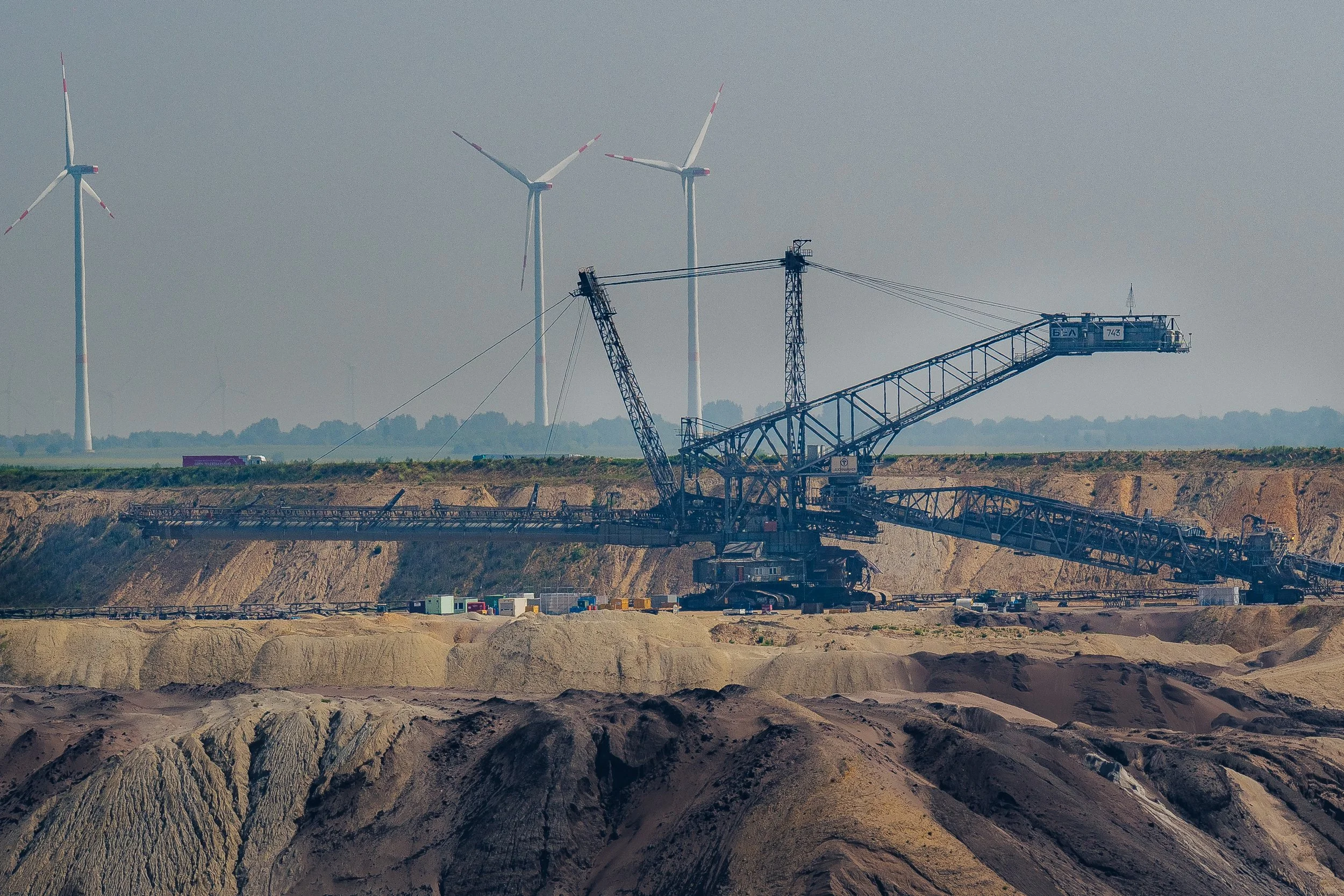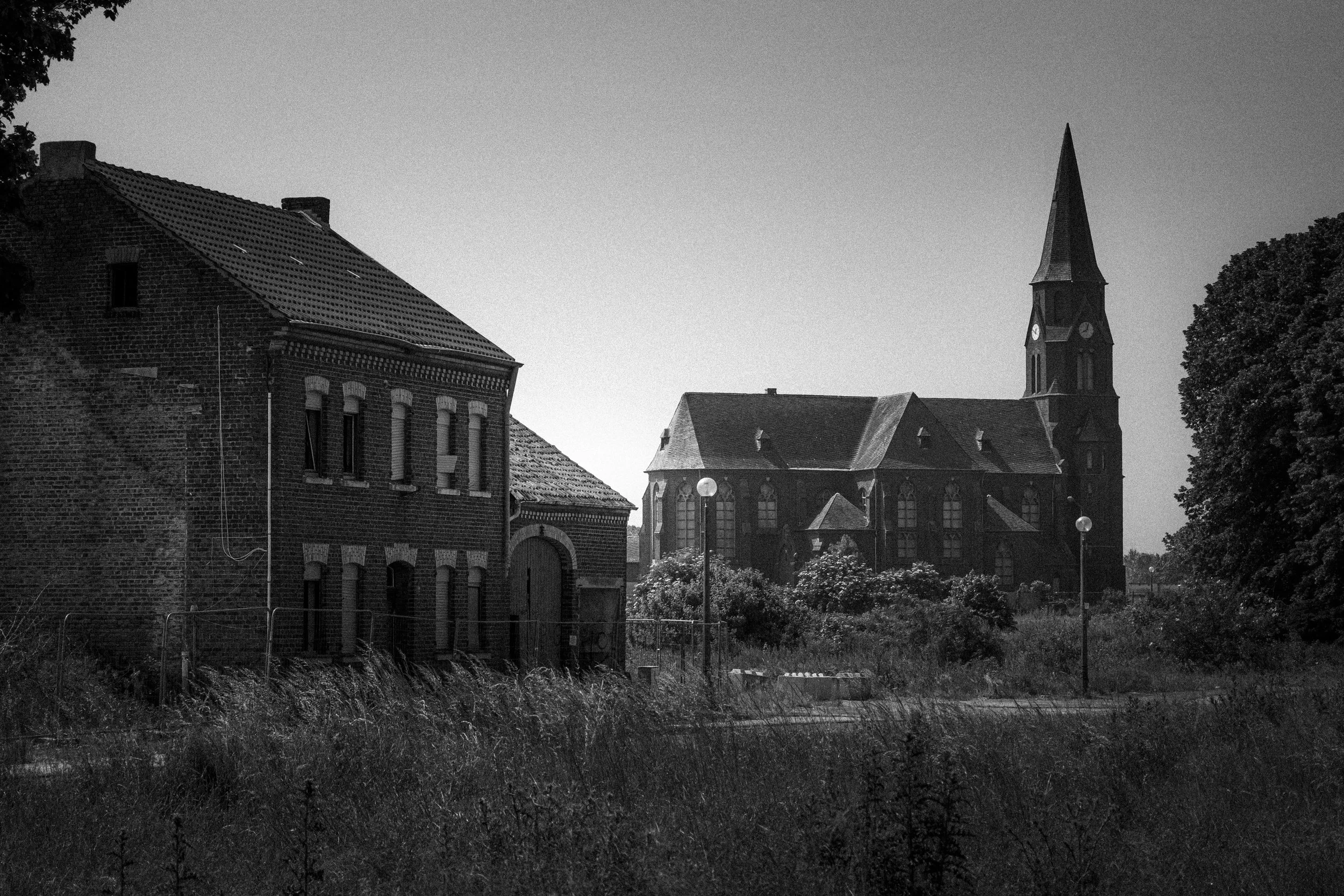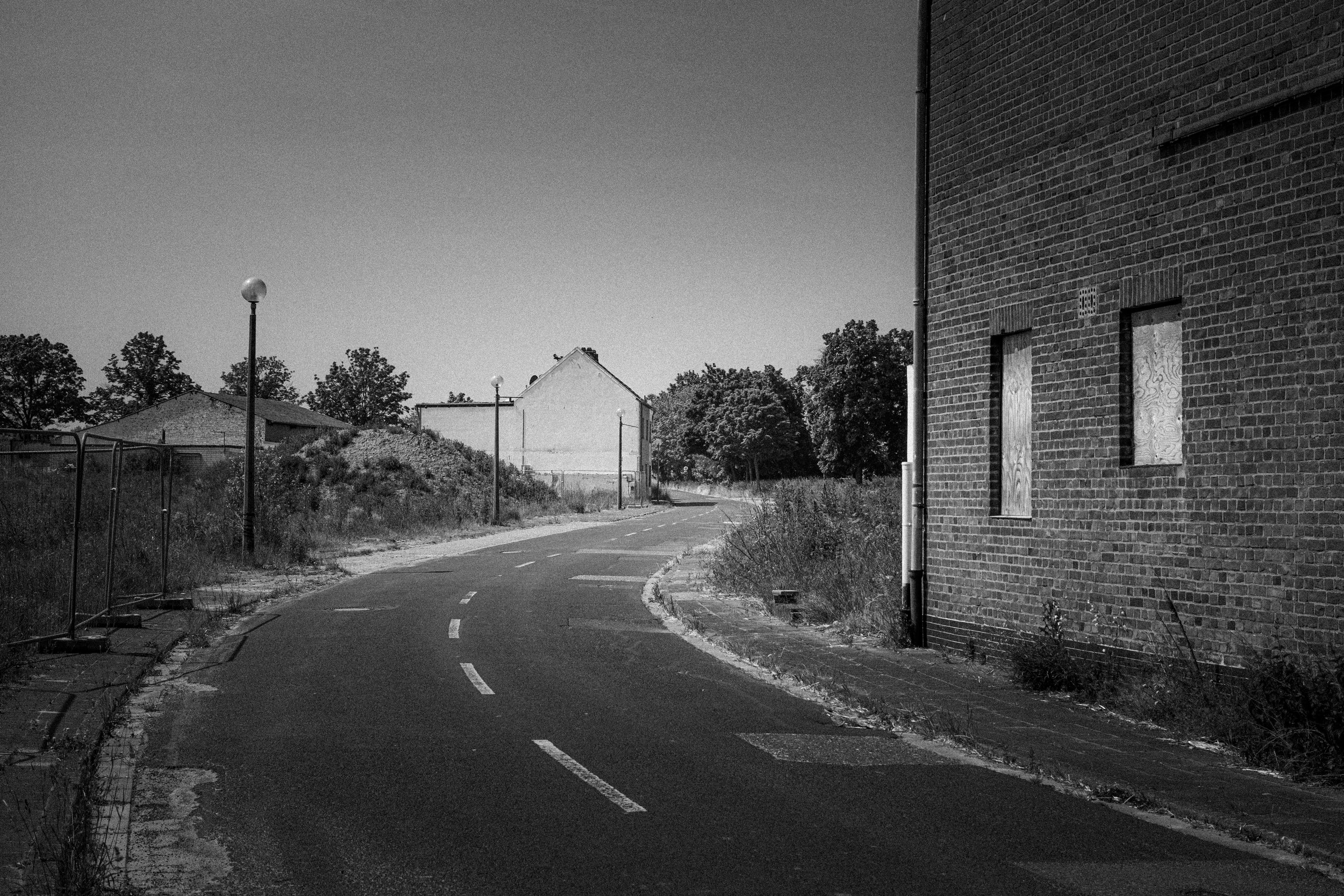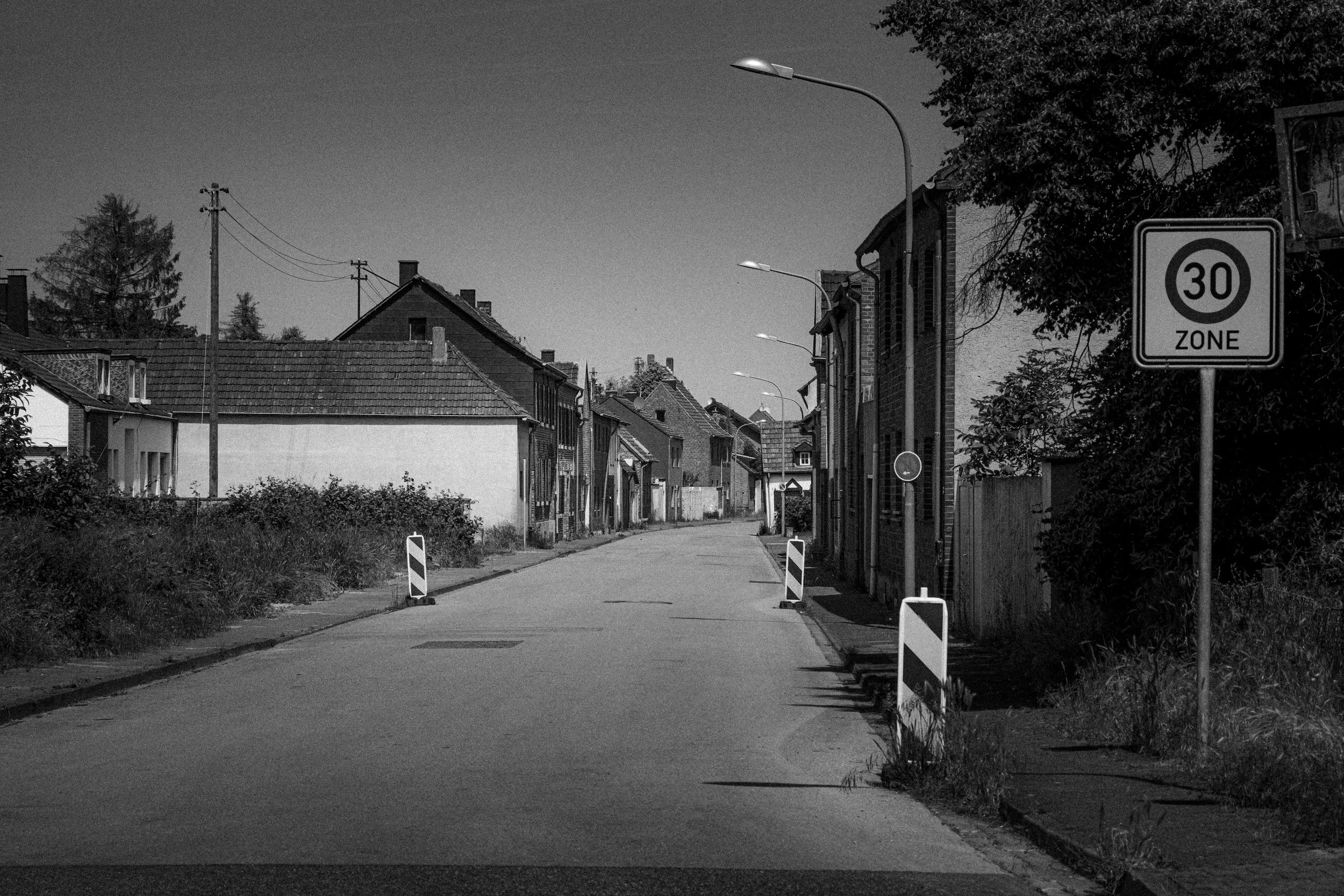Today I gave another photography workshop in my local nature reserve. “Het Leudal” for two nice guys from Belgium. My clients were really into learning how to find new compositions, look for leading lines, framing, and just looking and experiencing a forest (in this case) for photography. Also very much to just slow down and enjoy nature ofcourse.
We did walk about 9km through the area and encountered a lot of nice places. Some Leudal classics, and beautiful random encounters. Some interesting conversations about photography accompanied us during our walks. We all had a great day. Thank you for joining me today guys, and to you: Thanks for checking out this blogpost. Below is a selection of photographs from today.
The Classic. A long exposure at the watermill in Het Leudal
A well spotted beautiful leaf with waterdrops by one of the participants. I had to shoot it too ofcourse.
The beautiful landscape in Het Leudal



